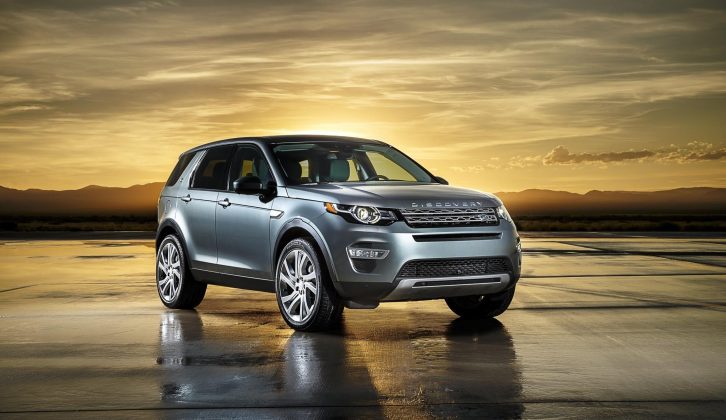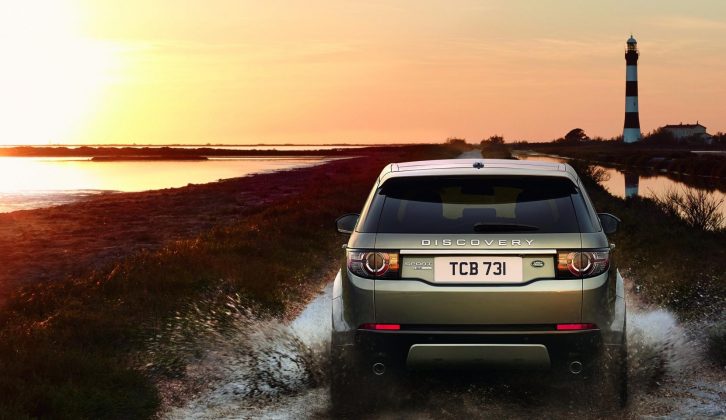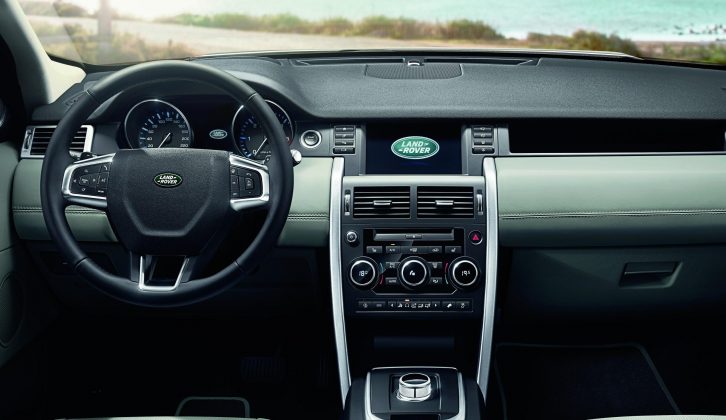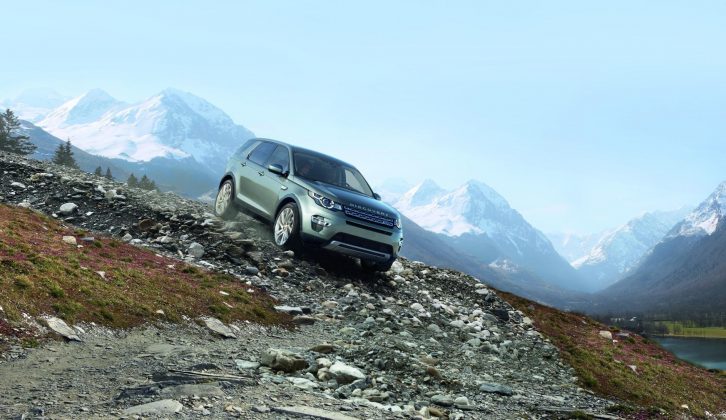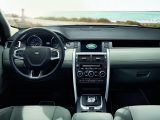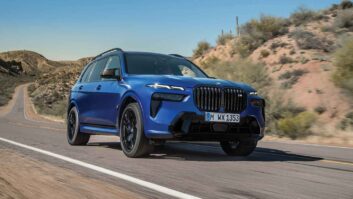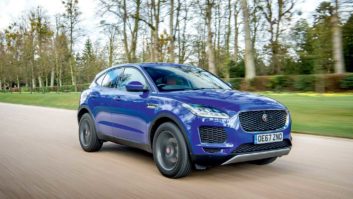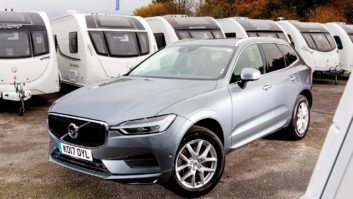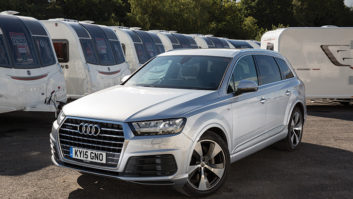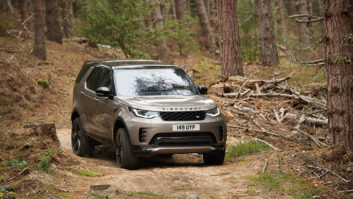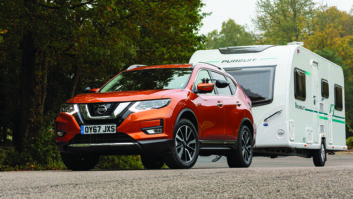Don’t let the change of name fool you – the new Land Rover Discovery Sport is a replacement for the Freelander II and one of the most eagerly awaited tow cars of 2015.
When the Discovery Sport arrives in Land Rover showrooms in January of next year, it will offer more space than today’s Freelander and an extra row of seats. That increased interior space is courtesy of a 9cm increase in length, which has been used to make the second row of seats much roomier than before as well as squeezing in seats six and seven.
The only versions which don’t have a third row are those fitted with Land Rover’s Tow Pack. This increases the towing limit from 2000kg (with a six-speed manual gearbox) or 2200kg (with a nine-speed automatic) to 2500kg, but at the expense of the additional seating. Given that even a twin-axle caravan usually weighs under two tonnes, I’d be inclined to choose the more flexible cabin over the largely academic benefit of the higher maximum towing weight, when deciding what tow car to buy for your caravan holidays.
With or without the Tow Pack, Land Rover’s 2.2-litre diesel will be doing the pulling. It’s an update on the 2.2-litre diesel in today’s Freelander, and will be badged SD4. With 187bhp and 310lb ft of torque, it should make light work of towing any suitably matched caravan. With kerbweights starting from 1854kg for the manual (the auto weighs 9kg more), the 85% match figure is 1576kg.
However, the SD4 won’t be around for long. As soon as the middle of 2015 it will be replaced by a new turbodiesel, badged eD4, which promises lower emissions and improved economy. It’s from Jaguar Land Rover’s new Ingenium family of four-cylinder engines which will also power the new Jaguar XE saloon. When the new engine arrives, Land Rover will also launch a two-wheel-drive version, reducing carbon dioxide emissions to just 119g/km. That’s impressive for an SUV of this size, especially when you consider that the most economical two-wheel-drive BMW X3 emits 131g/km of CO2.
Inside, there’s a more modern and upmarket look, with an eight-inch touchscreen in the centre console. It controls the Discovery Sport’s audio, climate and navigation systems, as well as any connected telephone. Satellite navigation is standard on all but the entry-level SE spec.
The most basic of four trim levels comes with part-leather upholstery, heated seats, climate control, 18-inch alloy wheels and rear parking sensors. As well as adding sat-nav, SE Tech has front parking sensors and a powered tailgate for an extra £1500. HSE upgrades to full leather, a panoramic sunroof, a reversing camera (very useful if you ever need to hitch up on your own) and 19-inch wheels for another £3600. Top-spec HSE Lux cars feature a higher quality leather, climate controlled seats and an automatic parking function that steers the vehicle into a space while the driver operates the pedals for a premium of £3600.
Prices will start from £32,395, quite a jump from the £27,765 entry point of today’s model. What’s more, cars with the eD4 engine are likely to hold their value better on the used market than the short-lived SD4, which is worth thinking about before putting your name down for one of the first cars off the line.
Even so, I’m really looking forward to driving the new Land Rover Discovery Sport this winter, and I’ve already spoken to Land Rover about entering a car for the Tow Car Awards 2015.
Land Rover's Tow Pack increases the towing limit, at the expense of the additional seating
